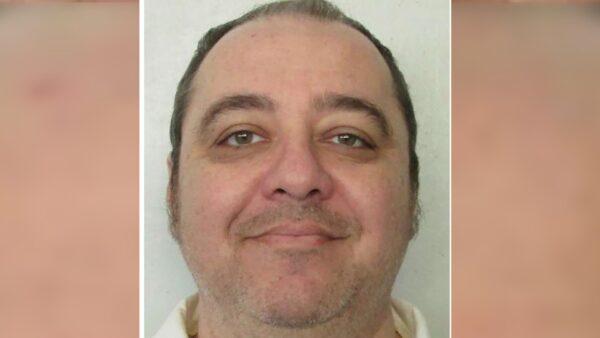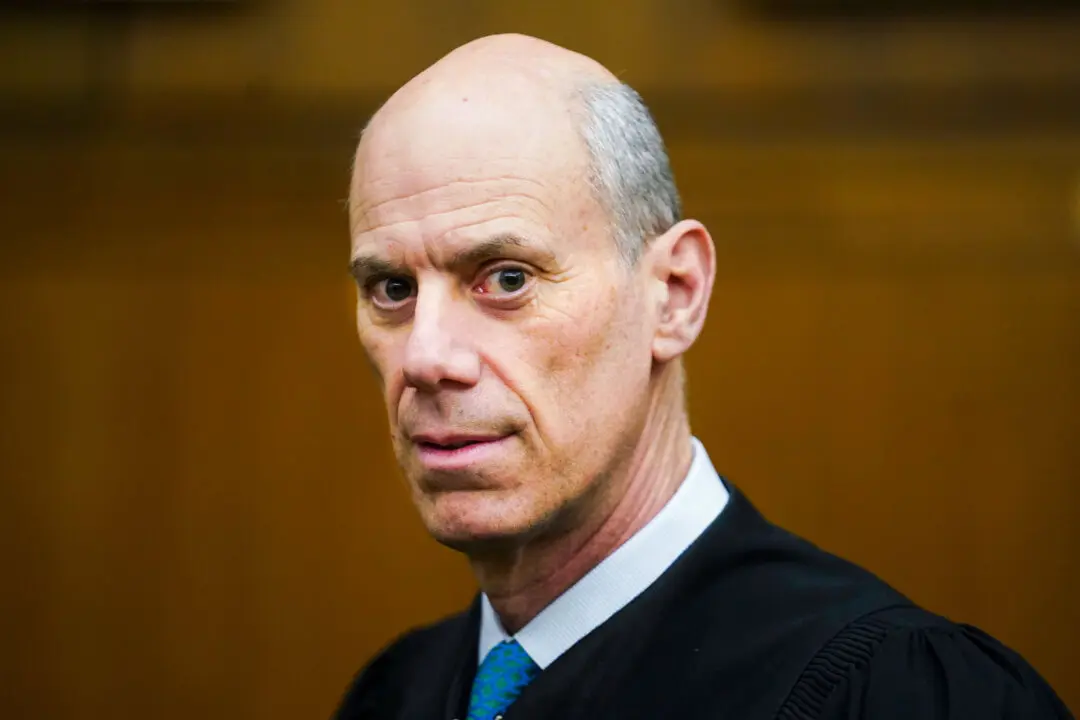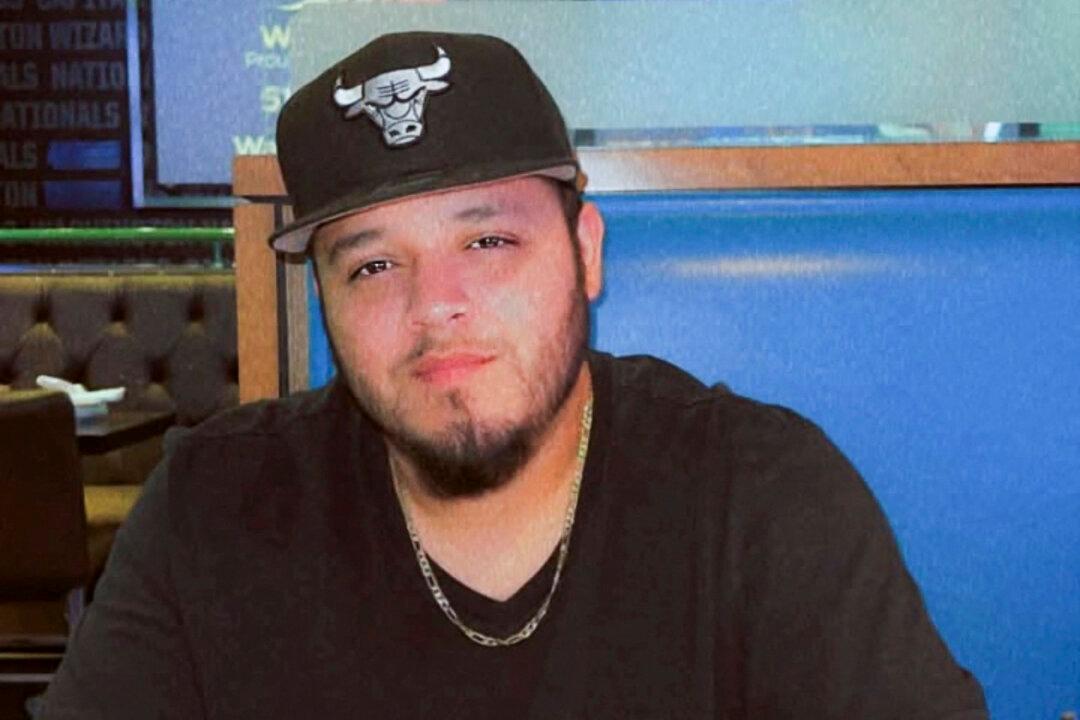The Alabama Supreme Court issued an order on Nov. 1 effectively allowing the state to execute a man through asphyxiation with nitrogen gas, a new method that has fueled debate over the death penalty.

Mr. Smith survived an attempt when workers couldn’t find veins for lethal injection before the death warrant expired at midnight, AL.com reported.
His attorneys argued that Mr. Smith would serve as a “test subject” for the procedure, which involves administering gas to a prisoner by placing a mask on their face.
“We remain hopeful that those who review this case will see that a second attempt to execute Mr. Smith—this time with an experimental, never-before-used method and with a protocol that has never been fully disclosed to him or his counsel—is unwarranted and unjust,” Robert Grass, an attorney for Mr. Smith, reportedly said.
Mr. Smith has been on death row since 1996 and confessed to his role in a “murder-for-hire” scheme that resulted in the death of Elizabeth Dorlene Sennett in 1988. It’s unclear when the execution will happen, but the court’s order, which came on a 6-2 vote, directed the governor to schedule a timeframe within 30 days. According to AP, a Department of Corrections spokesperson said the prison system was “prepared to carry out the orders of the court.”
Mr. Smith’s attorneys reportedly said the state “will fare no better in a second attempt to execute.”

“Today, the Ala. Sup [sic] Court cleared the way for Kenneth Smith to be executed by nitrogen hypoxia for the 1988 murder-for-hire of Elizabeth. Though the wait has been far too long, I am grateful that our talented capital litigators have nearly gotten this case to the finish line.”
Meanwhile, the Death Penalty Information Center criticized the execution, and the American Civil Liberties Union (ACLU) asked the governor to block it. The ACLU accused Alabama of attempting to “to experiment on incarcerated people with nitrogen gas,” according to the AP. Besides Alabama, Mississippi and Oklahoma reportedly have laws allowing the nitrogen hypoxia method.
The Nov. 1 order came roughly a year after Mr. Smith’s initially scheduled execution on Nov. 17, 2022. His case reached the U.S. Supreme Court, which refused on May 15 to reject a stay the U.S. Court of Appeals for the 11th Circuit had placed on his execution.
Justices Clarence Thomas and Samuel Alito dissented from their court’s unsigned order. “The judgment below rests on flawed Circuit precedent that is irreconcilable with our method-of-execution case law,” said Justice Thomas.
“The Constitution allows capital punishment” and “does not guarantee a prisoner a painless death.”







